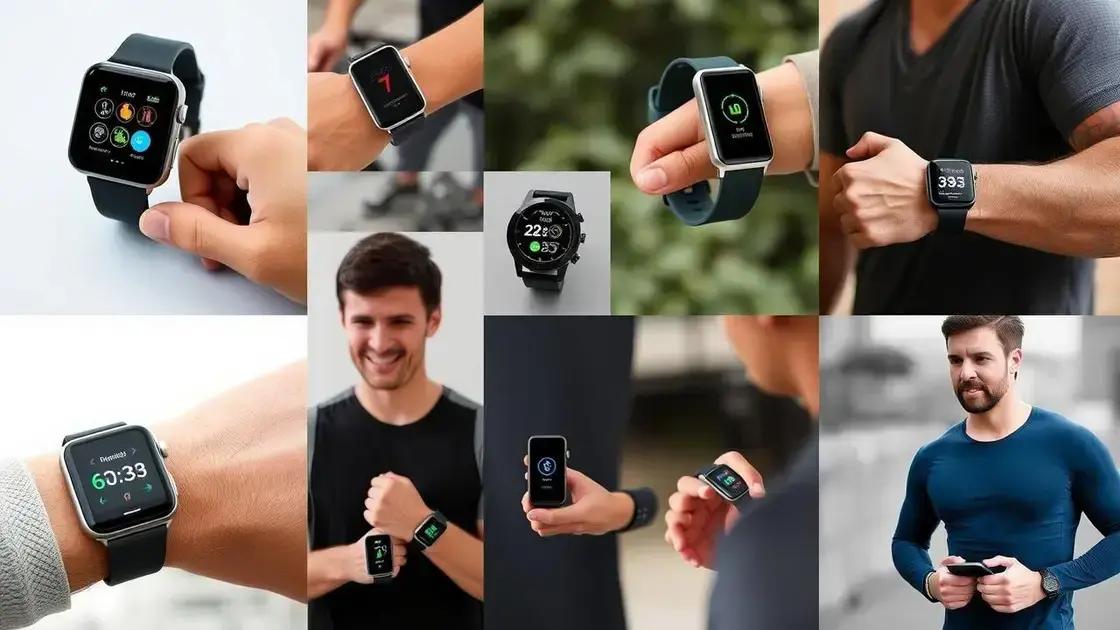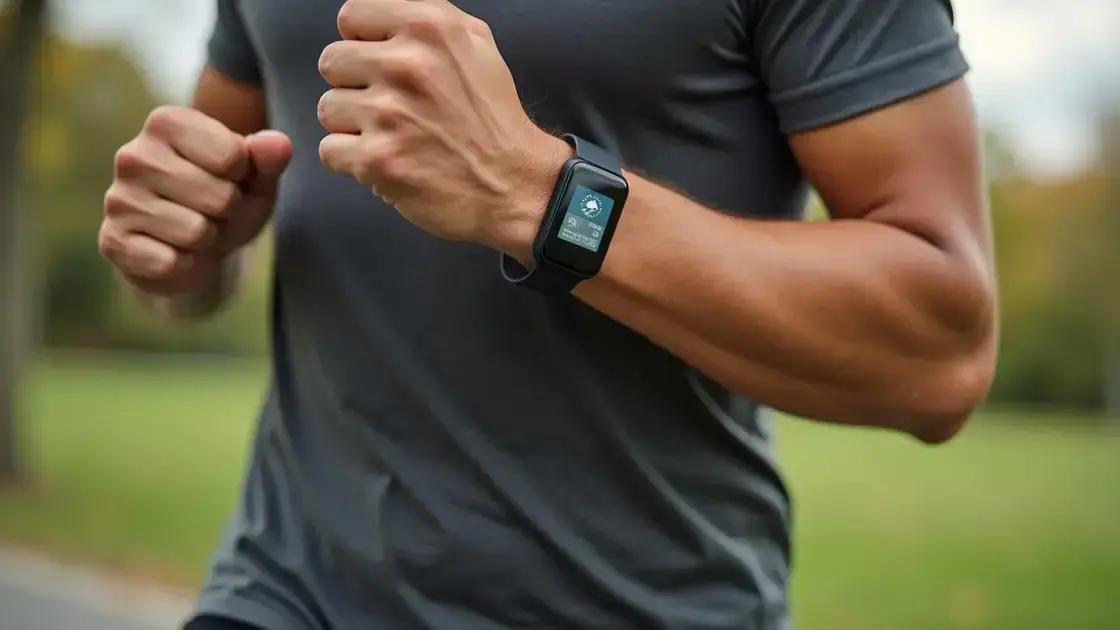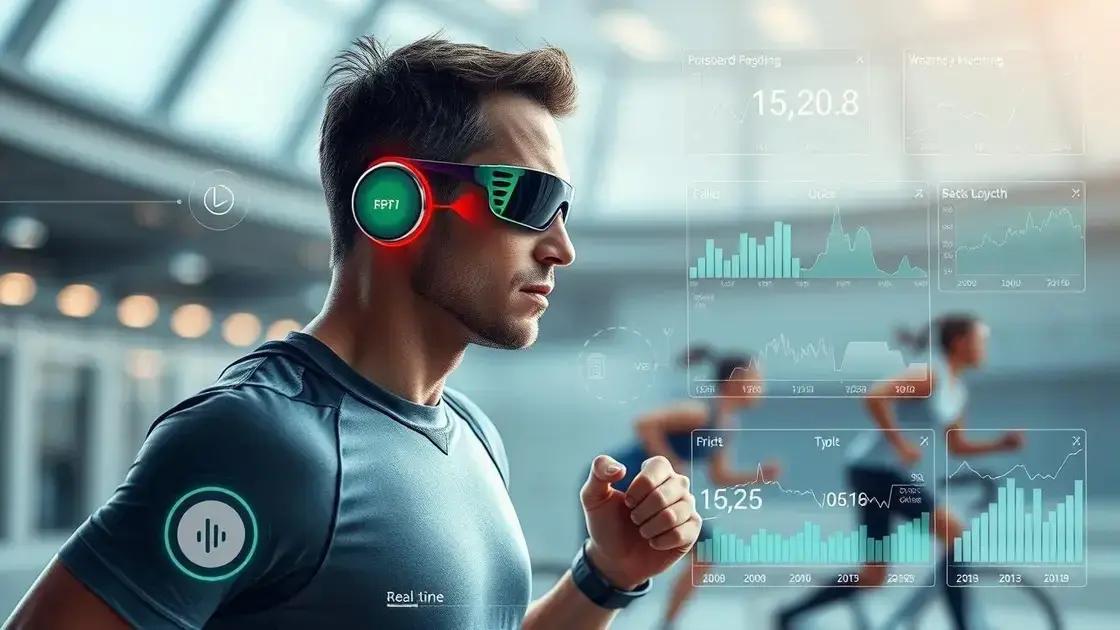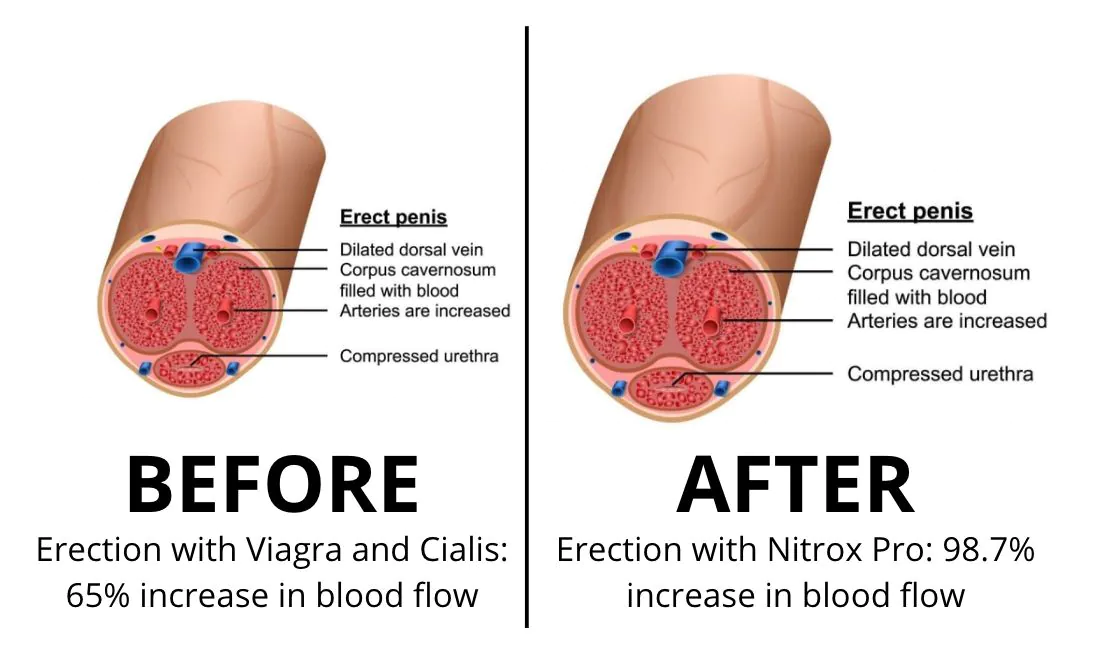Wearable tech plays a crucial role in preventing injuries for active men by monitoring health metrics, providing real-time feedback, and helping personalize training regimens. With advanced features like data analytics, heart rate monitoring, and community support, these devices empower users to maintain safer exercise practices and improve performance.
In today’s fast-paced world, active men face the constant risk of injuries during sports and fitness activities. Wearable tech is rapidly emerging as a game-changer in preventing these injuries. By providing real-time data and insights on physical activity, these devices not only enhance performance but also promote safer exercise practices. In this article, we will delve into the role of wearable tech in preventing injuries for active men, exploring its benefits, real-world applications, and what the future holds for these innovative tools.
Introduction to Wearable Technology

Wearable technology has transformed how we approach health and fitness. These devices, which include smartwatches, fitness trackers, and even smart clothing, are designed to monitor various health metrics in real-time. As active men increasingly seek to improve their performance and prevent injuries, wearable technology becomes a vital tool.
By collecting data on heart rate, movement, distance, and even body temperature, these devices provide valuable insights. They can alert users to potential issues, such as unusual heart rates or signs of fatigue, allowing for quick adjustments during workouts. This proactive approach can help reduce the risk of injuries and promote a safer exercise environment.
Types of Wearable Technology
There are several types of wearable technology that cater to different needs. Some of the most popular include:
- Fitness Trackers: These devices measure steps, calories burned, and other physical activities.
- Smartwatches: Beyond timekeeping, they provide notifications, track fitness, and monitor health metrics.
- Smart Clothing: These garments integrate sensors to track vital signs and body movements.
Features of Wearable Devices are also essential. Many offer GPS tracking, sleep analysis, and personalized coaching. These features make it easier for active men to set goals, receive feedback, and track their progress over time.
Impact on Active Lifestyles
The integration of wearable tech in daily routines has empowered users with knowledge about their health. This increased awareness has led to healthier lifestyles and informed decisions about workouts. As technology advances, the potential applications and functionalities of these devices will only expand, making them integral to the fitness journey.
Benefits of Wearable Tech for Injury Prevention

Wearable tech offers numerous benefits for injury prevention among active men. One of the most significant advantages is the ability to monitor real-time data during workouts or sports activities. This data can include heart rate, oxygen levels, and movement patterns, helping users identify when they might be overexerting themselves.
Real-time alerts are another critical feature. Many devices can send notifications if your heart rate exceeds a safe threshold or if your activity levels suggest you might be at risk of injury. This function allows users to take appropriate action to prevent overuse injuries, which are common in active lifestyles.
Personalized Feedback
Wearable technology can provide personalized feedback based on the data collected. For instance, if the device detects abnormal movement patterns, it can recommend adjustments to improve form and prevent injuries. Understanding your body’s signals is crucial for any active man, and wearable tech can facilitate this learning process.
Goal Setting and Progress Tracking
Many wearables enable users to set fitness goals and track their progress over time. This feature encourages active men to stick to a routine while also ensuring they gradually increase their activity levels. Properly managing exercise intensity and duration greatly reduces the likelihood of injuries.
Data analysis trends can guide users toward optimal training loads and recovery times. By understanding when to train harder or take a break, active men can minimize injury risks and enhance their performance.
Community and Support
Another substantial benefit is the connection to a community of users. Many wearable tech platforms offer social features. Users can share their insights, experiences, and tips for safe training. This communal aspect fosters motivation and provides additional support for injury prevention. Engaging with others encourages accountability and adherence to safe training practices.
Case Studies on Wearable Devices in Sports

Wearable devices have made a significant impact in sports, helping athletes improve performance and reduce the risk of injuries. Numerous case studies highlight their effectiveness. For example, in basketball, teams have used smartwatches and fitness trackers to monitor player data during training sessions and games.
One case study involving a professional basketball team showed that athletes who wore fitness trackers experienced fewer injuries. The coaching staff analyzed the data collected from the devices to evaluate player load and recovery. By monitoring how much time players spent on the court and tracking their physical exertion, trainers were able to adjust practice schedules, leading to better rest periods for players.
Soccer and Heart Rate Monitoring
In soccer, heart rate monitors have been widely adopted to track player exertion levels. A notable case study demonstrated that using heart rate monitoring devices helped reduce muscular injuries by 30%. Coaches utilized the data to ensure players did not exceed their optimal exertion levels during training, allowing for tailored rest periods.
Running and Injury Prevention
Runners have also benefited from wearable tech. A case study showed that runners who used smart insoles were able to track their foot pressure and stride. This feedback helped them identify potentially harmful running patterns. As a result, they made adjustments to their technique, significantly reducing the risk of common overuse injuries, such as shin splints.
Data-Driven Decision Making
In various sports, the integration of wearable devices enables data-driven decisions during competitions. For instance, a study on a cycling team revealed that data from wearable devices led to improved training methodologies. Coaches developed personalized training plans based on the analytics from wearables, which allowed cyclists to fine-tune their performance and avoid injuries related to inadequate preparation.
Future of Wearable Tech in Active Lifestyles

The future of wearable tech in active lifestyles looks promising, with innovations on the horizon that enhance health monitoring and safety. As technology advances, the devices will become more sophisticated and user-friendly. We can expect a greater emphasis on integrated sensors that monitor a wider range of health metrics, such as hydration levels, muscle strain, and even mental stress.
Wearable devices are also likely to evolve in terms of connectivity. Future wearables will be able to connect seamlessly with other smart devices, such as smartphones and home automation systems. This connectivity will enable users to receive real-time updates and alerts, making personal health management easier and more effective.
Enhanced Data Analytics
Improvements in data analytics will allow athletes and trainers to better interpret the vast amounts of data collected by wearables. Advanced algorithms will provide insights into training trends and injury risks, helping athletes tailor their programs for maximum performance and minimum injury risk.
Personalized Coaching
In addition, future wearables may incorporate AI technology for personalized coaching. This means that the devices could analyze user data and provide tailored advice on workouts, diet, and recovery. By adapting to users’ unique needs and goals, wearables can play a critical role in driving performance improvements.
Focus on Mental Health
As awareness of mental health continues to grow, wearable tech will likely start to incorporate features that support mental well-being. Devices may track stress levels through biometric signals and offer recommendations for relaxation or meditation techniques, promoting a balanced lifestyle.
Finally, the designs of wearable tech are expected to become more stylish and discreet, allowing users to incorporate them seamlessly into their daily lives. This will encourage even more active men to take advantage of these helpful tools to enhance their fitness journeys.
Embracing the Future of Wearable Tech
As we have explored, wearable technology is playing a transformative role in the lives of active men, particularly in preventing injuries and enhancing performance. With ongoing advancements in features, data collection, and analytics, these devices are set to become even more integral to fitness routines.
The benefits of injury prevention, personalized feedback, and the future potential of smartwatch systems emphasize the importance of incorporating wearable tech into everyday health and fitness practices. In an increasingly connected world, the fusion of technology and personal health management will empower users to achieve their fitness goals while minimizing risks.
Ultimately, embracing wearable tech is not just about tracking performance; it’s about fostering a healthier lifestyle and making informed decisions. The future is bright, and with the right tools, active men can lead safer, more effective training regimens.
FAQ – Frequently Asked Questions about Wearable Tech in Active Lifestyles
What are wearable technology devices?
Wearable technology devices are gadgets like smartwatches, fitness trackers, and smart clothing that monitor health metrics and performance.
How can wearable tech help prevent injuries?
Wearable tech helps prevent injuries by providing real-time data on physical exertion, heart rate, and movement patterns, allowing users to make informed decisions.
What types of data do wearable devices track?
Wearable devices can track various data points, including steps taken, calories burned, heart rate, sleep patterns, and even hydration levels.
Are there psychological benefits to using wearable tech?
Yes, wearables can improve mental well-being by helping users monitor their physical activities, set goals, and reduce stress or anxiety related to fitness.
Will wearable tech continue to evolve?
Absolutely! The future of wearable tech includes more advanced sensors, enhanced connectivity, personalized coaching features, and a greater focus on user experience.
Can wearable devices connect with other technology?
Yes, most wearable devices can connect with smartphones and other smart devices for easy access to data and notifications.












